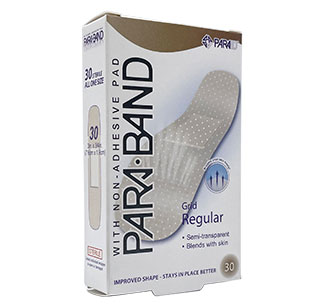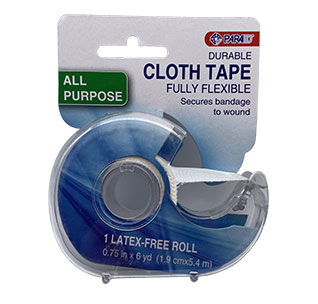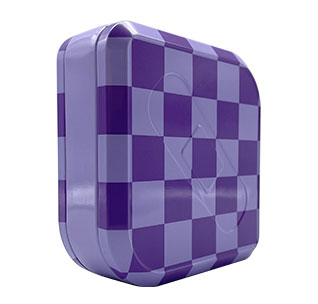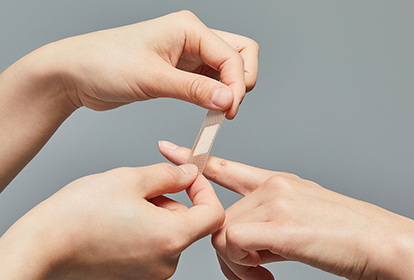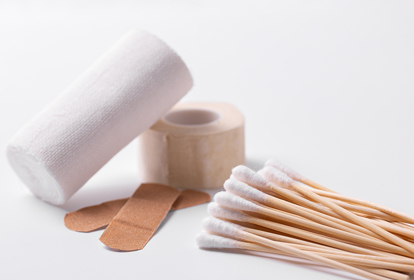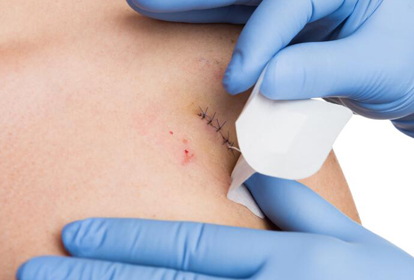Adhesive bandages, commonly known as custom band-aids, are a staple in every household's first aid kit. They are versatile, easy to use, and effective in providing a protective barrier for minor cuts, scrapes, and wounds. In this guide, we will explore the ins and outs of using adhesive bandages bulk effectively.
I. Introduction
A. Importance of Adhesive Bandages
Adhesive bandages play a crucial role in wound care by preventing infections and promoting faster healing. Their convenience and simplicity make them an essential item for anyone seeking quick and efficient first aid solutions.
B. Common Uses and Applications
From small cuts during kitchen mishaps to unexpected injuries during outdoor activities, adhesive bandages cater to a wide range of wounds. Understanding their varied uses ensures you're prepared for any minor mishap. See more adhesive bandage uses.
II. Types of Adhesive Bandages
A. Standard Fabric Bandages
Flexible fabric bandages bulk are the classic go-to for everyday cuts and scrapes. Their breathable material ensures optimal healing conditions.
B. Waterproof and Transparent Varieties
For wounds in areas prone to moisture or for a more discreet look, water resistant adhesive bandages are the ideal choice.
C. Specialized Shapes and Sizes
Band aid wholesale now come in various shapes and sizes, designed for specific body parts and wound types.
III. Proper Preparation Before Application
A. Cleaning the Wound
Before applying an adhesive bandage, ensure the wound is clean. Gently wash the area with mild soap and water to prevent infection.
B. Ensuring Dryness
A dry wound ensures optimal adhesion. Pat the area dry with a clean cloth before applying the bandage.
C. Avoiding Allergic Reactions
Consider any allergies you may have to bandage materials. Opt for hypoallergenic adhesive bandage to avoid skin irritation.
IV. Step-by-Step Guide to Applying Adhesive Bandages
A. Unwrapping and Handling
Carefully unwrap the bandage, ensuring you don't touch the sterile pad. Hold it by the edges to maintain cleanliness.
B. Placing the Bandage Over the Wound
Position the bandage over the wound, ensuring complete coverage. Press down on the edges for secure adhesion.
C. Securing the Edges
Smooth down the edges to prevent the bandage from peeling. This ensures it stays in place during daily activities.
V. Tips for Maximizing Adhesive Bandage Effectiveness
A. Choosing the Right Size
Select a bandage that fully covers the wound without being too large. This promotes optimal healing conditions.
B. Checking for Allergic Reactions
Monitor the area around the hypoallergenic bandage for any signs of redness or irritation. If observed, discontinue use and consult a healthcare professional.
C. Changing Bandages Regularly
To prevent infections, change the bandage daily or as needed. Keep an eye on any discharge or unusual changes in the wound.
VI. Adhesive Bandages for Different Body Parts
A. Hands and Fingers
For wounds on hands and fingers, opt for smaller bandages that allow for flexibility in movement.
B. Feet and Toes
Consider waterproof bandages for wounds on feet and toes, where moisture is more prevalent.
C. Elbows and Knees
Flexible and larger bandages work well on joints like elbows and knees, ensuring proper coverage.
VII. Adhesive Bandages in Sports and Physical Activities
A. Prevention of Blisters and Abrasions
Athletes often use adhesive bandages to prevent blisters and abrasions caused by repetitive motion.
B. Support for Minor Injuries
In sports, bandages offer support for minor injuries, allowing athletes to continue their activities with reduced discomfort.
C. Long-Term Use in Physical Activities
For prolonged physical activities, choose durable bandages that can withstand movement and sweat.
VIII. Adhesive Bandages for Children
A. Child-Friendly Designs
Children are more likely to cooperate if the cartoon bandages features their favorite characters or vibrant colors.
B. Dealing with Children's Wiggles
Apply the bandage quickly and with confidence to minimize the chances of it being disturbed by fidgety children.
C. Making the Experience Positive
Praise and reassurance can turn the bandaging process into a positive experience for children. Click here for kids bandaids in bulk.
 English
English
